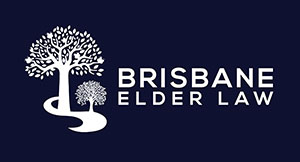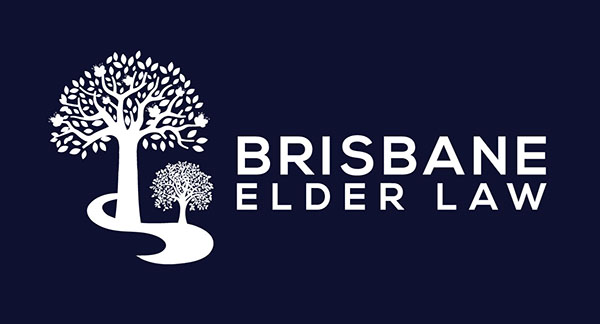The decision to leave one’s home and move to a Retirement Village is a significant life decision, and not one taken lightly. We assist many people into Retirement Villages, and a recent discussion with a client was particularly poignant.
Her husband had died, and she lived in a beautiful apartment with sea views. She told us that friends would come to her unit and remark on the lovely view. She replied “Yes – but it’s a lonely view”.
She chose to move from her apartment to a Retirement Village for one reason – COMMUNITY.
You don’t want to be known as “that nice little old lady that lived on level 11 who we never talked to”. Even worse, “they found that little old lady on level 11 after a week”.
People do, and should, buy for Lifestyle rather than Investment. It’s a choice for companionship, community involvement, and security. They can see others enjoying the well-being effects of community living that a Retirement Village offers.
People buying into a Retirement Village need to understand the transaction is very different to buying and selling a house in the way they have been used to throughout their lives.
Different Retirement Villages provide different ways of creating rights to reside in their properties.
There are four main ways that Retirement Villages offer tenure to an incoming resident:
- Leasehold
This is the most common way that Retirement Villages offer their properties to incoming residents. The lease contract creates a right to reside for an extended period (usually 99 years – though we are yet to see someone outlive their lease). A lease is registered in the Titles Office. There is no stamp duty. Sometimes there is capital gain, but not usually.
- Licence
Less common than Leasehold (at least in Queensland) a Licence creates a right to reside but is not registered against the Title Deed. However there are additional protections provided under The Retirement Villages Act. Usually there is no capital gain. There is no stamp duty.
This model involves owning the house, but not the land. The owner pays a site rental to have a house on the land owned by the Operator. Because you own the home there is usually a modest capital gain possible. There is no stamp duty.
- Freehold
This is the way that people are used to owning property. They buy the property (like buying a house) and can sell it at the end. They pay stamp duty. They get any capital gain (and bear any loss). The title is registered in the Titles Office. This is the traditional ownership method. It is more like buying a unit in an Apartment building and is subject to a body corporate structure. It is however rare in the Retirement Village Industry.
Whatever the ownership model, all Retirement Village contracts provide extensive rules in relation to occupation of the home in which you live. There are always ongoing fees whilst in the Village. There are usually significant fees payable at the end of the ownership period – called various names including Exit Fees, or Deferred Management Fees. Exit Fee percentages vary across the industry, and can be based on the incoming payment, or the resale figure.
Other exit payments, such as Renovation Costs, Reinstatement Costs, Costs of Sale, Legal Costs, and Valuation Fees vary from contract to contract, and operator to operator. Some allow for Capital Gain (and Loss). Some do not.
Retirement Village contracts are always long and complex (often running to 100+ pages). Specialist advice should be sought before entering into a contract for any type of Retirement Village arrangement.
Brisbane Elder Law are experts in all forms of Retirement Village Contracts. Contact us on 1800961622 or visit our website www.brisbaneelderlaw.com.au

